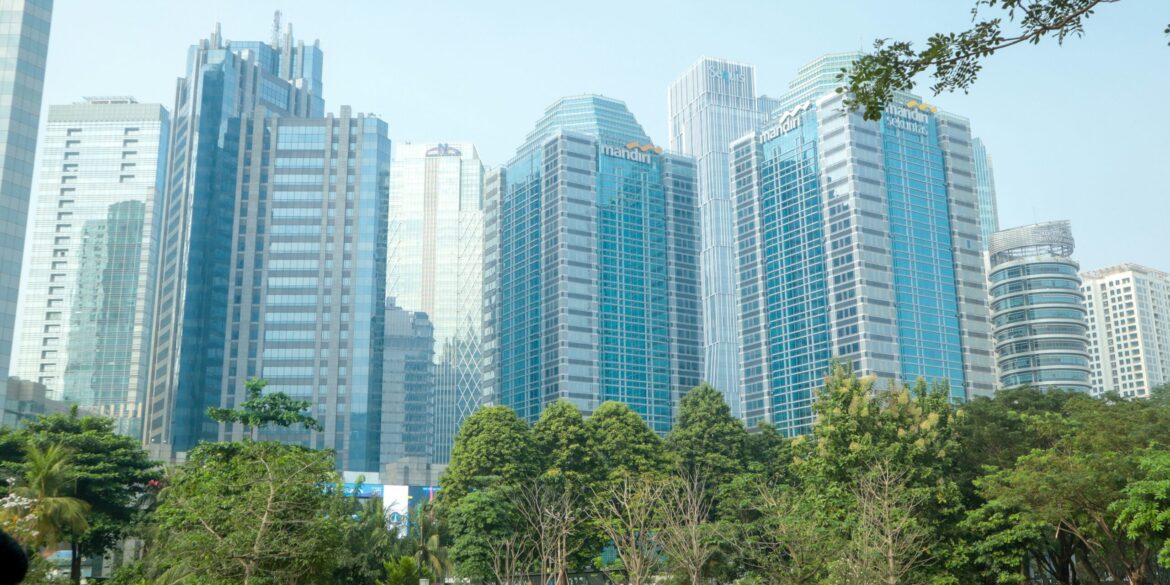As of June 28, 2025, the commercial real estate market in the United States continues to show signs of both stabilization and volatility, with varying trends across different sectors. Investors, developers, and agents are all paying close attention to the latest market conditions, as the real estate landscape is influenced by both economic factors and shifting workplace dynamics. While some regions have experienced a surge in demand for office space, others face challenges, particularly in sectors such as retail and traditional office leasing.
Key Trends in the Commercial Real Estate Market
Office Space Demand Shifts: The Hybrid Work Effect
One of the most significant changes in the commercial property market in recent years has been the shift in office space demand, driven primarily by the rise of hybrid work models. Many companies that embraced remote work during the pandemic have now adopted hybrid work arrangements, where employees split their time between working from home and working in the office. This shift has led to a reevaluation of office space needs, with some companies downsizing their real estate footprints, while others opt for flexible office space solutions.
“Hybrid work has caused a rethinking of office space requirements,” said commercial real estate expert Robert Daniels. “While there is still a need for physical office spaces to foster collaboration, companies are becoming more selective about the types of spaces they need, with an increasing preference for flexible layouts and shorter lease terms.”
In response to these changes, many commercial landlords have begun offering more adaptable spaces, such as coworking spaces and flexible office arrangements, which are in high demand from both startups and established companies looking for greater flexibility.
Retail Real Estate Faces Continued Challenges
While some commercial property sectors are thriving, retail real estate continues to face challenges, particularly in brick-and-mortar stores. The rise of e-commerce and shifting consumer preferences have led to a decline in foot traffic to traditional retail spaces, especially in smaller, less trafficked locations. However, prime retail spaces in high-traffic areas such as city centers and shopping districts remain in high demand.
“Retail real estate has been undergoing a transformation, with more retailers focusing on online sales or adopting omnichannel strategies,” explained Lindsay Jacobs, a retail real estate analyst. “While traditional retail is struggling in some areas, well-located properties with strong foot traffic are still performing well. Retailers who invest in creating an experience for shoppers—whether that’s through pop-up stores, experiential spaces, or unique product offerings—can still thrive.”
As a result, investors are becoming more selective when it comes to retail properties, preferring those located in prime urban areas with strong demand from both consumers and businesses.
Industrial Real Estate Booms Amid E-Commerce Growth
One of the bright spots in the commercial property market is industrial real estate, which continues to experience significant growth due to the rapid expansion of e-commerce. Warehousing, distribution centers, and last-mile delivery hubs are in high demand as more consumers turn to online shopping, creating a need for more storage and fulfillment centers.
“In the wake of the e-commerce boom, industrial properties have become one of the most sought-after asset classes in commercial real estate,” said Susan Long, an industrial real estate broker. “Logistics hubs and warehouses that serve as the backbone of the supply chain are particularly desirable, as retailers and e-commerce companies need quick and efficient ways to deliver goods to consumers.”
The demand for industrial space is expected to remain strong as e-commerce continues to grow and companies look for ways to improve their supply chain operations. Investors are closely monitoring this trend and are increasingly focusing on industrial properties as a reliable source of income.
The Rise of Sustainable Real Estate Investments
Another key trend in the commercial property market is the growing focus on sustainability and environmental impact. As climate change and environmental concerns continue to take center stage, there is an increasing demand for eco-friendly commercial properties. Green buildings, which are designed to minimize energy consumption, reduce waste, and promote sustainable practices, are becoming increasingly popular among tenants and investors.
“Green buildings are no longer a niche market—they are becoming the standard for high-quality commercial real estate,” said environmental consultant James Scott. “Properties that are certified as environmentally friendly, such as those with LEED certification, are seeing higher demand from tenants who want to reduce their carbon footprint.”
As sustainability becomes a top priority for companies and investors alike, developers are incorporating energy-efficient features, renewable energy sources, and green building materials into new commercial properties. This trend is expected to continue growing in the coming years, as environmental regulations and consumer preferences shift toward sustainable options.
What This Means for Investors
For commercial real estate investors, staying informed about market trends is essential to making sound investment decisions. The market continues to be shaped by evolving economic conditions, technological advancements, and shifts in how businesses and consumers operate. By conducting thorough due diligence and keeping an eye on key trends, investors can capitalize on opportunities in emerging sectors like industrial real estate and flexible office spaces while also adapting to challenges in retail and traditional office markets.

